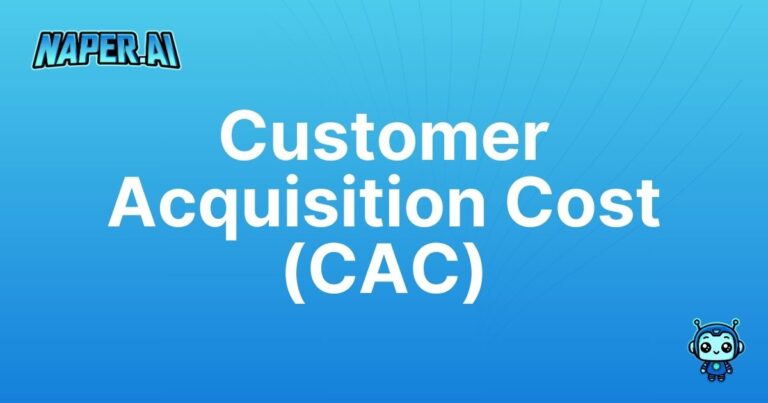Visitor Tracking
Understanding E-commerce Visitor Tracking
Learn how visitor tracking transforms online shopping experiences by understanding customer behaviors.
What Is Visitor Tracking?
Visitor Tracking refers to collecting and analyzing data about how users interact with a website. In e-commerce, this involves methods such as cookies and analytics tools that track page visits and behavior patterns to optimize user experience and improve site performance.
Pro Tips & Best Practices
- Utilize multiple tracking tools like Google Analytics and Hotjar for comprehensive insights.
- Ensure privacy compliance by transparently communicating your tracking policies.
- Regularly review data to identify trends and areas needing improvement.
- Customize tracking to align with specific business goals, such as increasing conversion rates.
- Integrate data with marketing platforms for targeted campaigns and personalized customer journeys.
Why Is Visitor Tracking Important?
- It provides critical insights into customer preferences and behaviors, enabling strategic decisions to enhance user experience and engagement.
- It supports metrics that inform marketing efforts, directly impacting ROI and sales.
Practical Applications
- Optimize checkout processes by analyzing where drop-offs occur.
- Track the effectiveness of promotions by monitoring traffic spikes and conversion rates.
- Personalize marketing messages based on frequently viewed products or pages.
Quick FAQ
- What tools are best for visitor tracking? Use a mix such as Google Analytics and Mixpanel.
- Is visitor tracking legal? Yes, but ensure compliance with GDPR and similar laws.
- How can visitor tracking increase sales? By identifying blockers in the sales funnel and improving user experience.
- How often should tracking data be reviewed? Regularly, preferably weekly or monthly, to keep strategies updated.
- Can tracking be done without cookies? Yes, through methods like server-side tracking and device fingerprinting.







